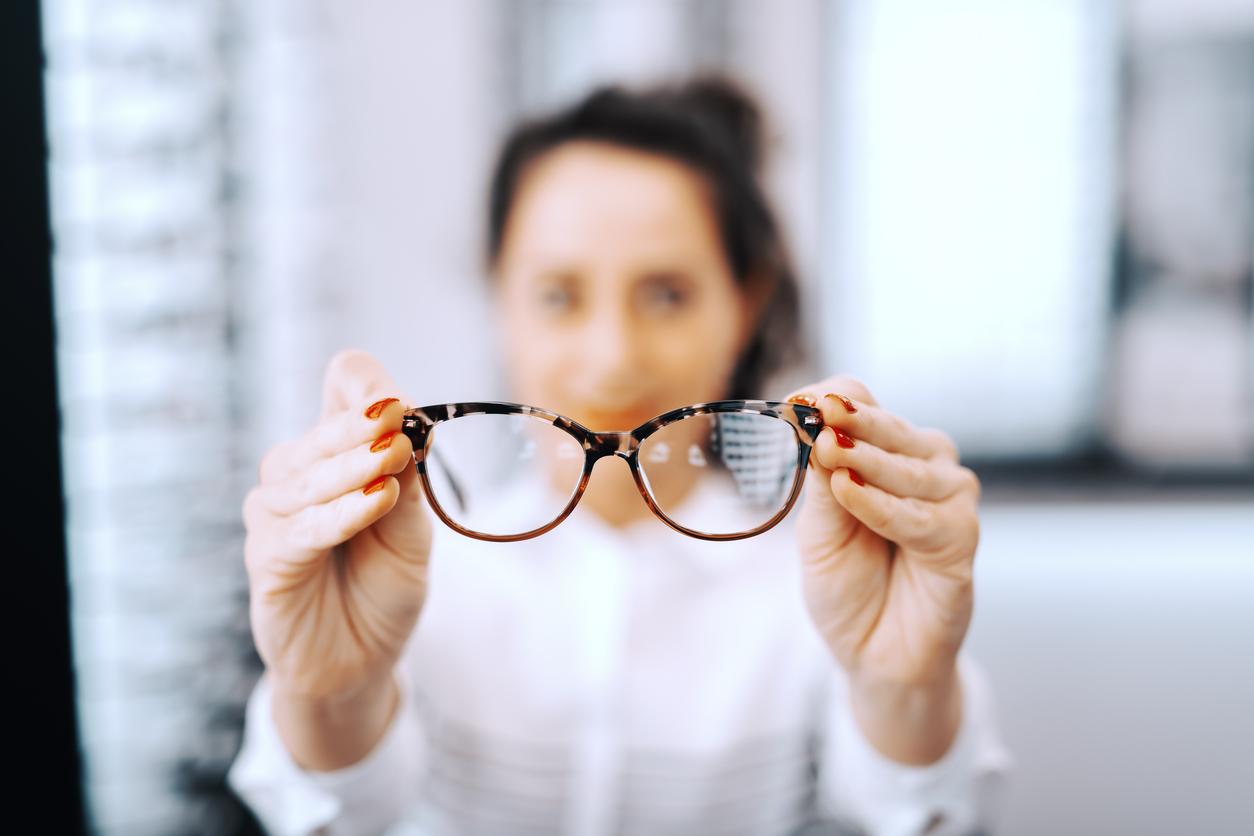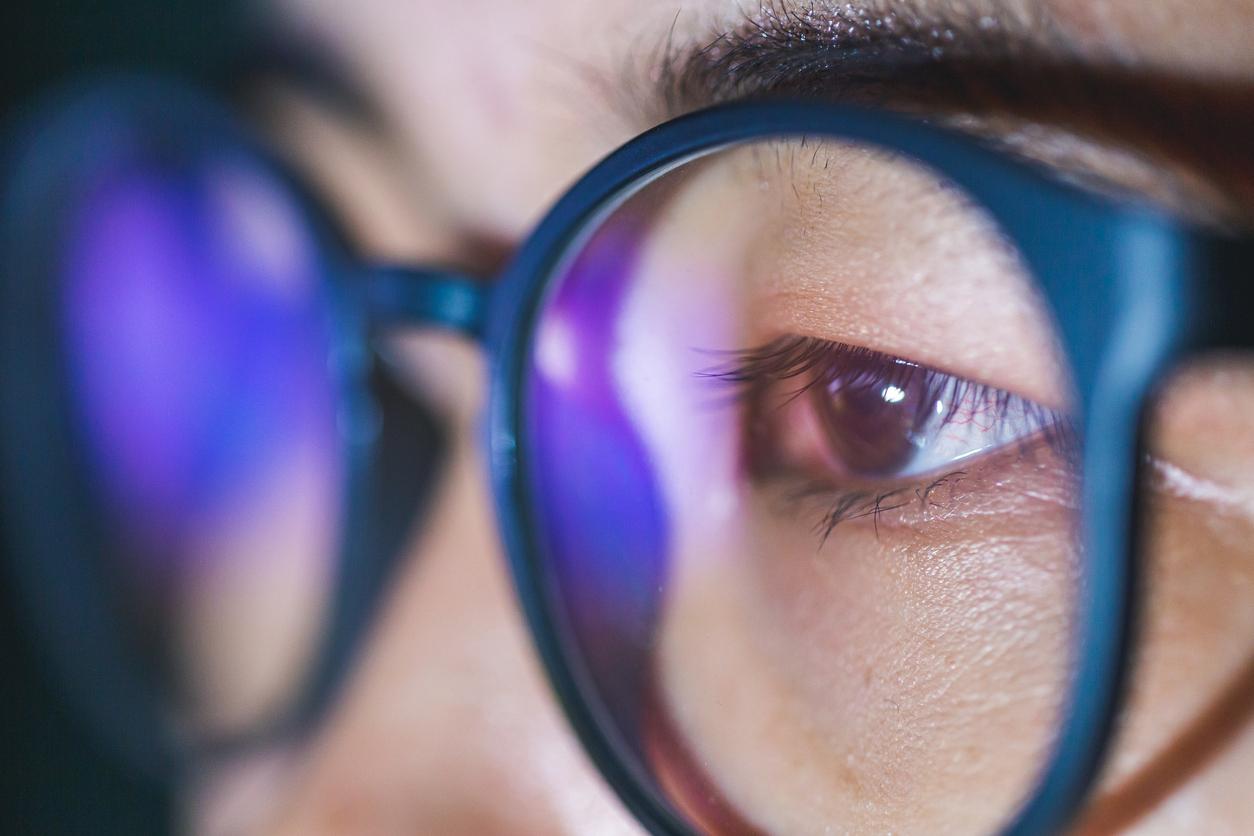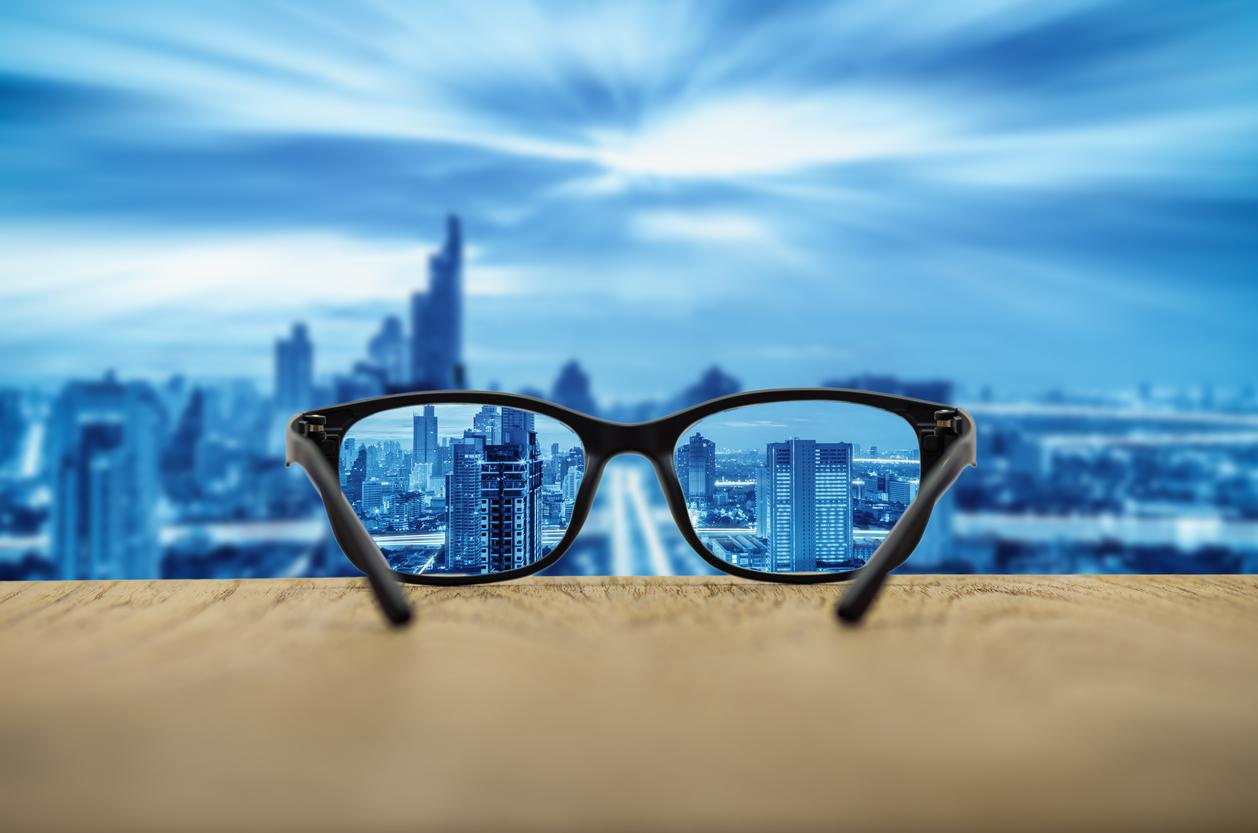Don’t science and technology help us improve our lives? A team from the University of Oxford (England), is convinced of this and is working on a simple pair of glasses that would greatly facilitate the lives of visually impaired.
A team led by Dr. Stephen Hicks, director of the laboratory specializing in neuroscience and visual prosthetics, has developed a pair of glasses equipped with two cameras, a screen projecting luminous figures on the inside of the glasses and a small computer that processes the image in between, all connected to a device small enough to fit in a pocket. More practical than a cane or a guide dog, the visually impaired will be able to better discern what is in front of them.
140 million people in the world are visually impaired, legally blind (visual acuity less than 1/20) or visually impaired (visual acuity less than 3/10 or field of vision reduced to less than 10%). Only 5% of them have equipment that makes their lives easier, mainly electronic magnifying glass or text reader, but many laboratories are working on more elaborate devices.
Autonomy regained
And the result is conclusive. Following the tests already carried out, people insist above all on regained autonomy. Lyn Oliver, 70, with retinitis pigmentosa and very limited eyesight, was unable to describe her surroundings: “with the glasses, I can find my way to the door, around the tables, to get out” , she told the BBC, a British news channel. “I can find the stairs, and know when they end.” Dr Hicks adds that “they can see some details of faces, and their own hands. Or their dog, for the first time!”
In France, Essilor is developing, in partnership with the Institut de la vision, a similar prototype, more personalized and interactive, combining optical correction with an augmented reality device. Depending on the eye diseases and pathologies associated with it, the device adapts: the user can choose the part of the screen on which he wishes to project the image to match it with the areas of the eye less deteriorated. He can modify the contrast, project in negative, zoom, and act on all these parameters to obtain the image best suited to his handicap.
Before 2015, around a hundred glasses should be given to visually impaired people for a phase of larger-scale testing. The Oxford team hope to be able to market the product in less than two years. When the development of the prototypes comes to an end, the glasses should be available for the price of a smartphone.
















